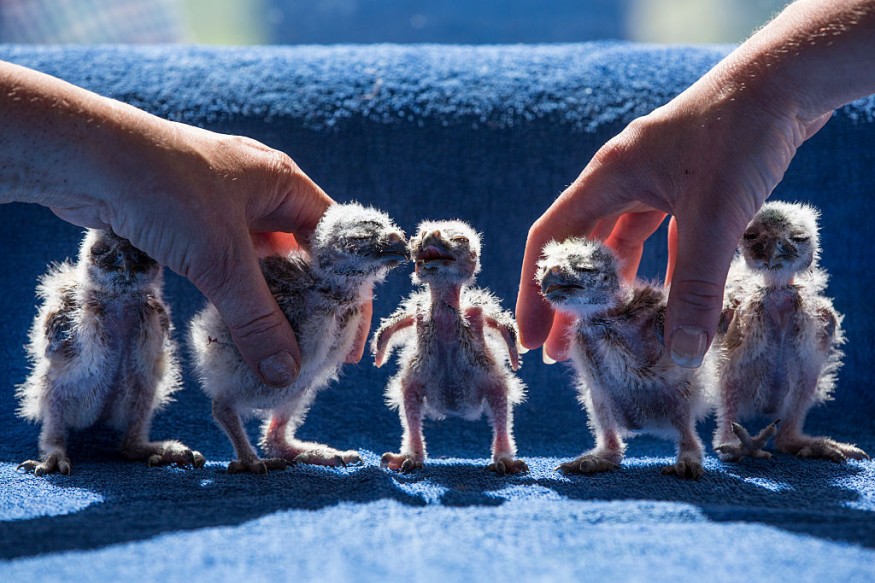
Heatwaves are known to be silent killers not just to mammals alone, but birds and other animals in general. However, those which are not affected are not entirely in the safe zone as well, new study suggests.
A new finding covered by NewsBreak shows animals commonly experience and suffer from long-term health effects and slow death caused by heatwaves. Apparently, increased early-life heat exposure of wildlife from a warming climate may affect them later in life.
Furthermore, the study published in PNAS suggests this event has significant implications for population persistence and conservation.
Effect of Hot and Dry Conditions on Nestling Birds
As heatwaves increase in frequency, researchers find that high air temperatures under dry conditions are associated with shorter telomere length in wild nestling purple-crowned fairywrens, causing DNA damage in their first few days of life. This means that these small endangered birds from Northern Australia "age earlier, die younger and produce less offspring."
Unless the wren's species evolve and adapt to rapid climate warming, their population will continue to struggle to survive given the global temperature rise. Otherwise, they may potentially counteract these negative effects and maintain population viability, the team said.
The authors found that the effect was mitigated by water availability such as during the wet season, or rainfall, but other than that, environmental conditions produce direct effect of heat exposure.
Growing Up in the Heat
The consequences of heat stress are potentially more amplified in young birds because they may suffer greater consequences through adulthood. Due to their immobility, rapid growth and immature physiology, nestlings are particularly sensitive to heat.
Researchers investigated a population of individually-marked purple-crowned fairy-wrens at the Australian Wildlife Conservancy's Mornington Wildlife Sanctuary in Western Australia's Kimberley region as part of their long-term ecological study. The study focused on the relationship of week-old nestlings' DNA called 'telomeres' and air temperatures.
A telomere is a region of repetitive DNA sequences at the end of a chromosome which protects the ends of chromosomes from becoming frayed or tangled. In short, it prevents chromosomes from losing base pair sequences at their ends which causes ageing. Progressive shortening of telomeres leads to senescence, apoptosis, or oncogenic transformation of somatic cells, affecting the health and lifespan of an individual, according to an article published in the National Library of Medicine.
Findings show that nestlings exposed to hot and dry conditions during their first days of life had shorter telomeres. As they thrive to survive through the heat and stress it brings, their protective DNA shortens, causing them to age more quickly, although they appear to tolerate heat better when it coincides with rain.
Furthermore, the team said that even under relatively mild rates of warming, population decline could be solely caused by telomere shortening. However, they present two potential 'escape' measures to maintain population viability. First, to evolve longer telomeres and thereby create larger buffer to prevent early ageing; and second, to adjust breeding season to wet conditions.
However, both are "entirely speculative" and "unlikely" because first, telomere evolution is not fully understood or whether it could keep pace with climate change; and second, the number of rainy days in the region is expected to decline, and breeding period is already maximized when it rains.
Related article : Chickens Were Exotic Animals Before They Turned Into Food
© 2025 NatureWorldNews.com All rights reserved. Do not reproduce without permission.





